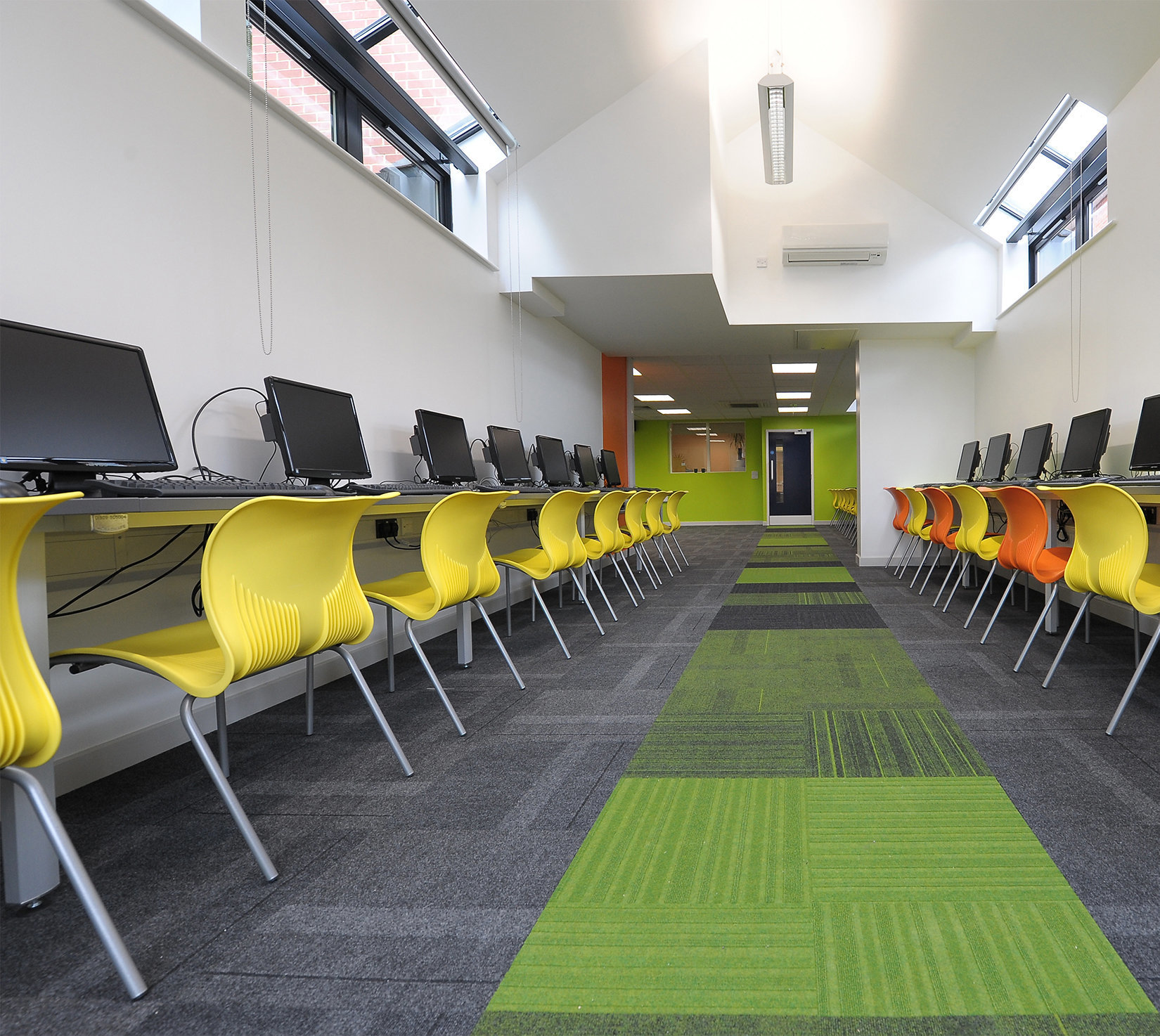The Connection Between Classroom Design and Student Stress Levels

The Connection Between Classroom Design and Student Stress Levels
Students spend the majority of their day in the classroom, where they learn new concepts, make new friends, and engage in various activities. However, classroom design plays an essential role in the overall learning experience of a student. Research has shown that the physical environment can have a significant impact on student stress levels, which, in turn, can affect their academic performance and well-being.
Creating a Stress-Free Learning Environment through Classroom Design
Classroom design can affect students' stress levels in several ways. A poorly designed classroom can lead to distractions and discomfort, making it challenging for students to concentrate and learn. For example, poor lighting or an uncomfortable seating arrangement can cause headaches or physical discomfort, making it difficult for students to focus on their studies.
Furthermore, a cluttered or undisorganised classroom can create a stressful environment for students. When students are surrounded by clutter, they may feel overwhelmed and stressed out, which can negatively affect their mental health and well-being. In contrast, a well-designed and organised classroom can create a calm and peaceful environment, making it easier for students to focus and learn.
The connection between classroom design and student stress levels is a topic that has gained increasing attention in recent years. Research has shown that the physical environment can have a significant impact on student well-being and academic performance, and classroom design is no exception.
Four Major Classroom Design Factors that can Affect Student Stress Levels
Lighting: Poor lighting can cause eye strain and headaches, while natural and bright lighting can improve mood and energy levels, leading to a more positive learning experience.
Furniture Arrangement: Cluttered or cramped classrooms can create a sense of anxiety and discomfort, while open and organised classrooms can promote a sense of calm and focus. Comfortable seating and ergonomic furniture can also reduce physical stress on students.
Colour: Different colours can evoke different emotions and moods, affecting student stress levels. Cool colours like blue and green create a sense of calm, while warmer colours like red and orange can increase energy levels and creativity.
Noise Levels and Cleanliness: Noisy or dirty classrooms can create a sense of chaos and stress, whereas a quiet and clean classroom can promote a sense of peace and organisation.
Overall, classroom design is a critical factor in student stress levels and academic performance. Schools must take into consideration the physical environment in which students learn and take steps to create a comfortable, engaging, and stress-free space. By working with experts in classroom design, schools can create an environment that supports student well-being and success.
How Springfield Supplies Can Help
At Springfield Supplies, creating a positive learning environment for students is a top priority. We offer a wide range of classroom supplies and design services to help schools create the perfect learning environment for their students. Our team of experts can work with schools to design a classroom that meets their unique needs, creating a comfortable and inviting space for students to learn.

